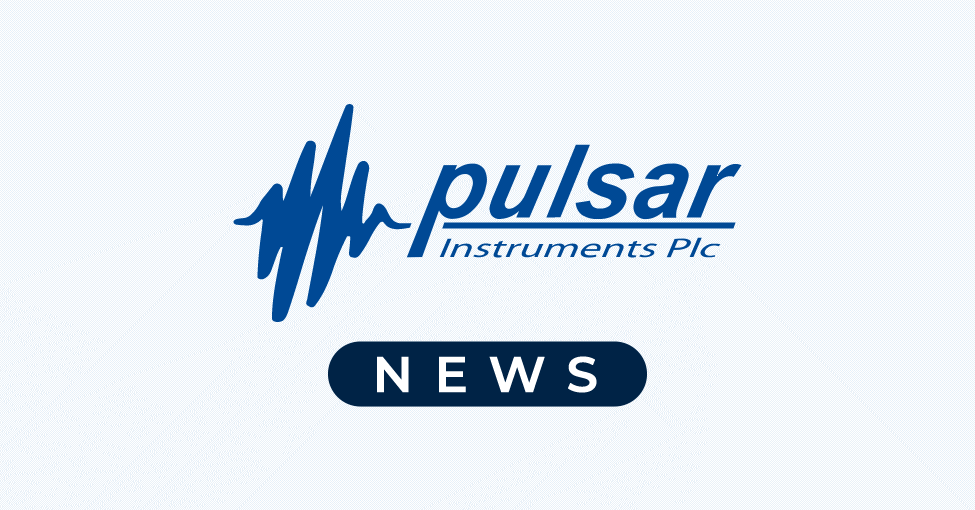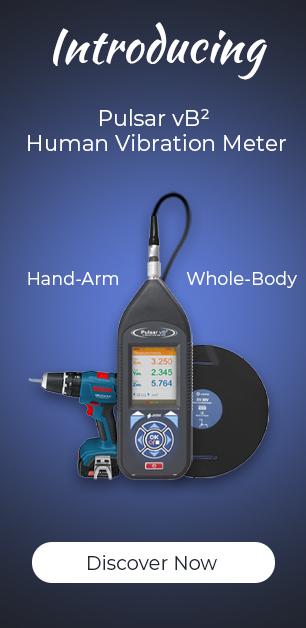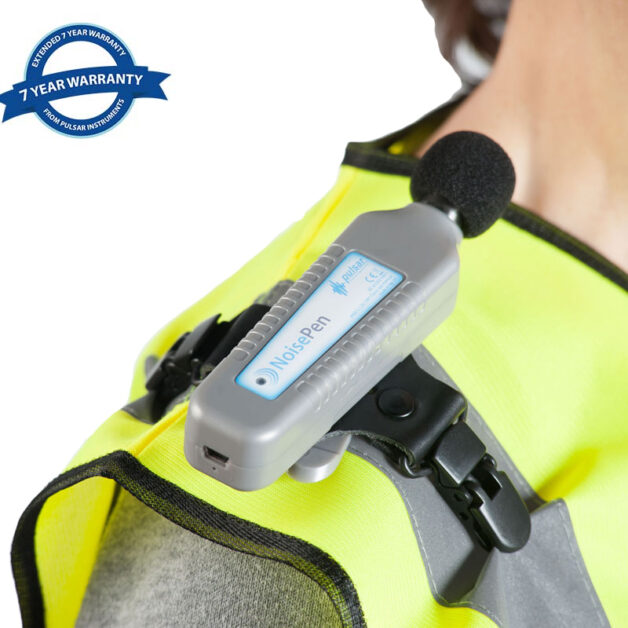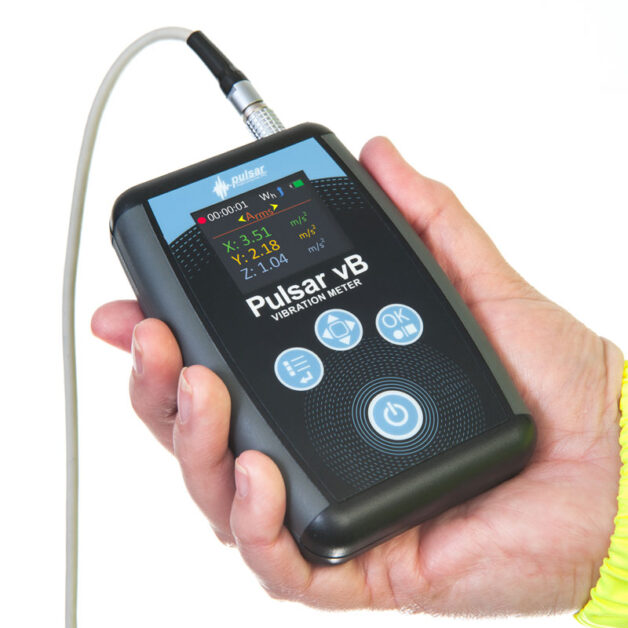Many workers are still exposed to excessive noise levels – take action on noise today
Excessive noise is a real risk to workers’ hearing and is one of the most common occupational health issues.
Depending on the industry or the duties they carry out, workers can be exposed to loud sudden or steady long-term noise. In the UK, employers are required to prevent or reduce risks to health and safety from exposure to noise at work under The Control of Noise at Work Regulations 2005 (Noise Regulations 2005).
Assessing which workers are at risk or exposed to noise hazards
Current legislation requires employers to monitor exposure to noise in the workplace and identify which employees are at risk or exposed to excessive noise. Any area where workers are exposed to noise levels at or above 85dB over an 8 hour period or an 8 hour time weighted average (TWA) need checking carefully. And all noise types need to be considered: impulsive, intermittent and continuous noise within an 80dB to 137dB range.
Taking action to reduce the noise exposure that produces those risks
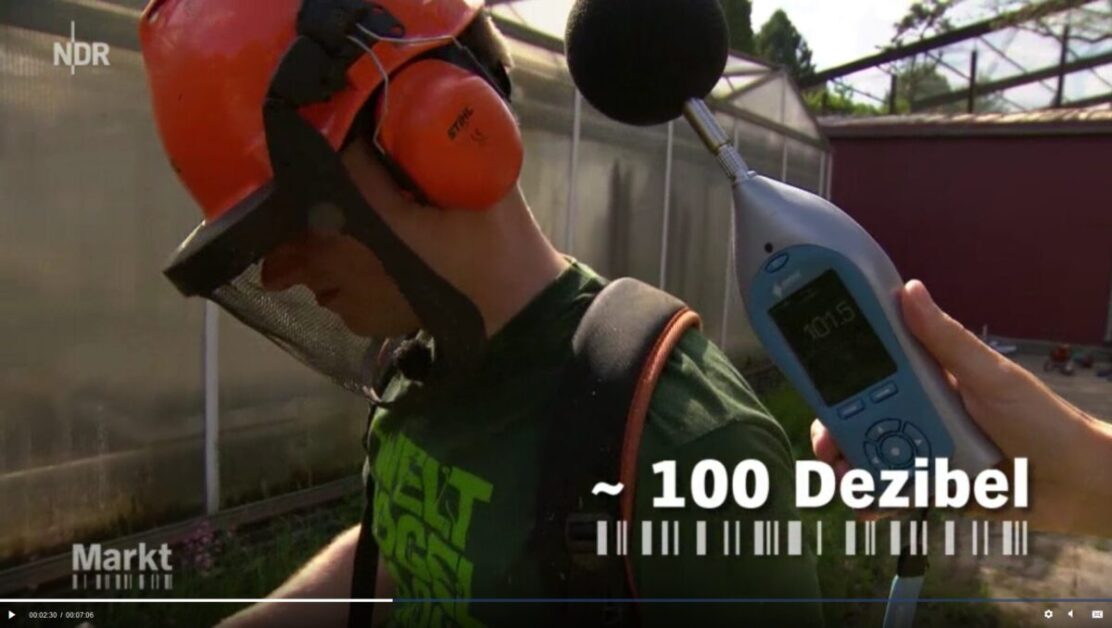
Safety Officers and other occupational professionals need to carry out tests or noise assessments again if any changes are introduced within the organisation such as new machinery. They need to implement regular hearing tests to check that workers’ hearing has not changed or is not being damaged. With the help of a reputable and compliant sound level meter, whoever has the responsibility of staff safety need to monitor the TWA over time, identify which employees need hearing protection and, if the noise exposure cannot be reduced enough by using other methods, implement a hearing protection programme. (Examples of this can be the provision of ear plugs or ear muffs).
Ensuring the legal limits on noise exposure are not exceeded
Safety professionals should take into account the levels of exposure to noise of employees averaged over a working day or week, and the maximum noise (peak sound pressure) to which employees are exposed in a typical working day.
Currently, the lower exposure action values are:
- daily or weekly exposure of 80dB,
- peak sound pressure of 135dB
And the upper exposure action values are:
- daily or weekly exposure of 85dB,
- peak sound pressure of 137dB
Providing information, instruction and training for staff
Anybody operating in a work environment of TWA of 85dB and above needs to receive annual training on the danger of excessive noise levels and the potential harm these can do to their hearing.
Carrying out a health monitoring programme where there is a risk to health
This should be implemented early on before staff are exposed to noise preferably (e.g. for new employees or those changing jobs), to provide a baseline. Such a programme includes the provision of hearing checks, using the results to review controls; communicating employees their hearing check results; keeping records, ensuring that employees are seen by a doctor where hearing damage has been identified.
Don’t get caught out, minimise the risk of hearing damage at work. Take action on noise today with Pulsar Instruments plc.
About Pulsar Instruments plc
Pulsar Instruments plc offer compliant, common-sense and practical solutions to meet industrial, occupational, environmental and other noise measurement applications.
The Yorkshire-based company prides itself on the quality of its instruments and also their dynamic range of cost-effective sound level meters, noise dosimeters and noise-activated warning signs, which offer the ideal solution for noise at work, environmental and general noise measurements.
The range of high-performance instruments offered by Pulsar Instruments will appeal to users requiring affordable and simple to use hand-held meters whilst complying with UK, EU and international standards.
The company also offers noise awareness and practical training for safety professionals seeking to find out more about noise control in the workplace and the most efficient way to monitor it to achieve compliance.
For further information on the Pulsar range of noise monitoring products, training courses and current special offers, please contact the Pulsar sales team on 01723 518011 or visit the website www.pulsarinstruments.com
